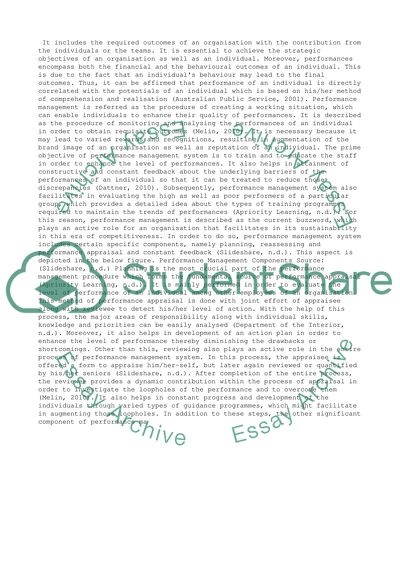Cite this document
(“Personnel Resourcing and Development Essay Example | Topics and Well Written Essays - 2250 words”, n.d.)
Retrieved from https://studentshare.org/business/1398501-personnel-resourcing-and-development-assignment
Retrieved from https://studentshare.org/business/1398501-personnel-resourcing-and-development-assignment
(Personnel Resourcing and Development Essay Example | Topics and Well Written Essays - 2250 Words)
https://studentshare.org/business/1398501-personnel-resourcing-and-development-assignment.
https://studentshare.org/business/1398501-personnel-resourcing-and-development-assignment.
“Personnel Resourcing and Development Essay Example | Topics and Well Written Essays - 2250 Words”, n.d. https://studentshare.org/business/1398501-personnel-resourcing-and-development-assignment.


